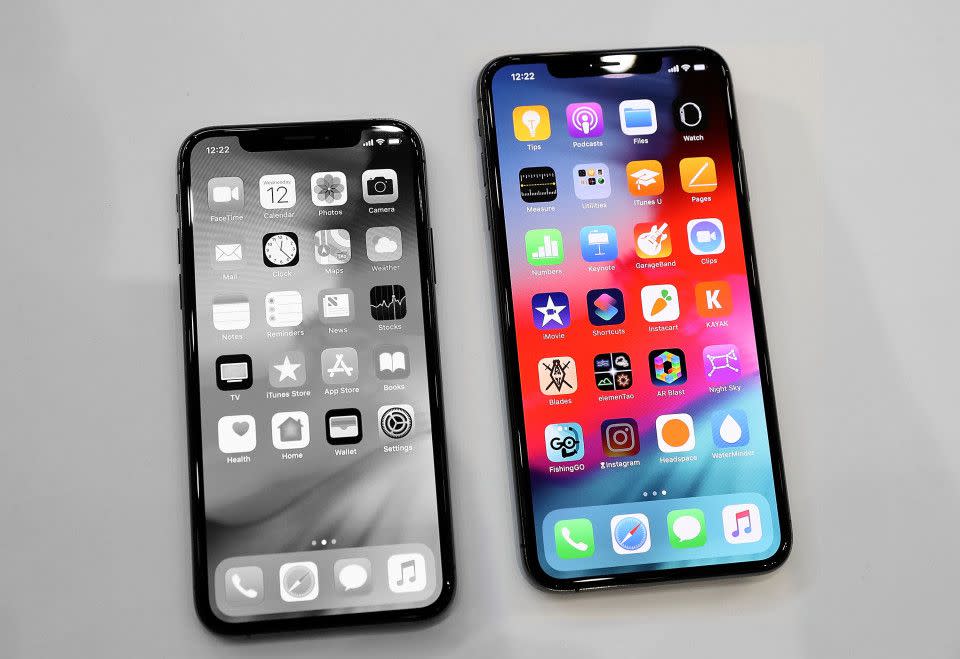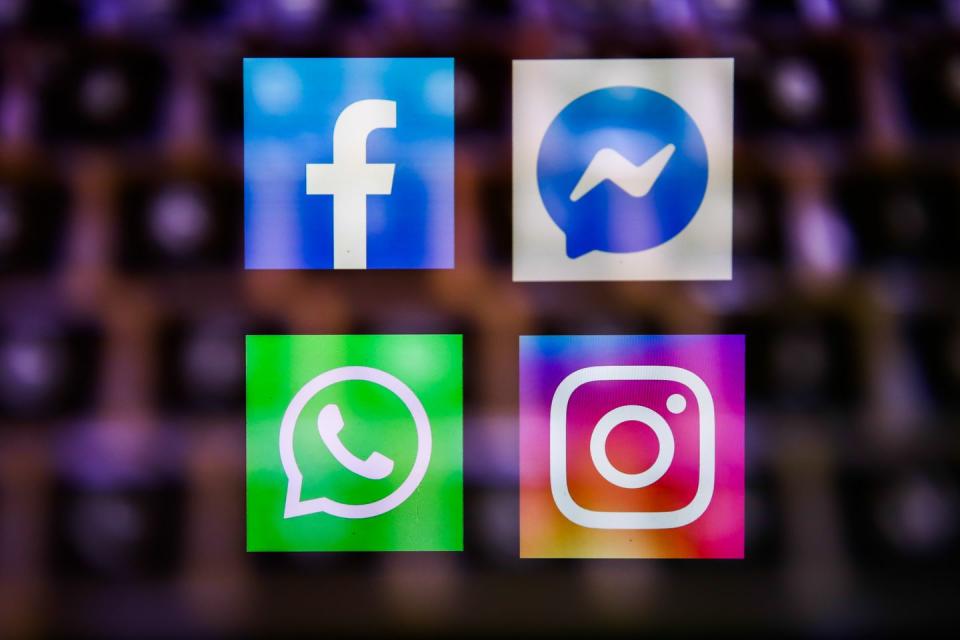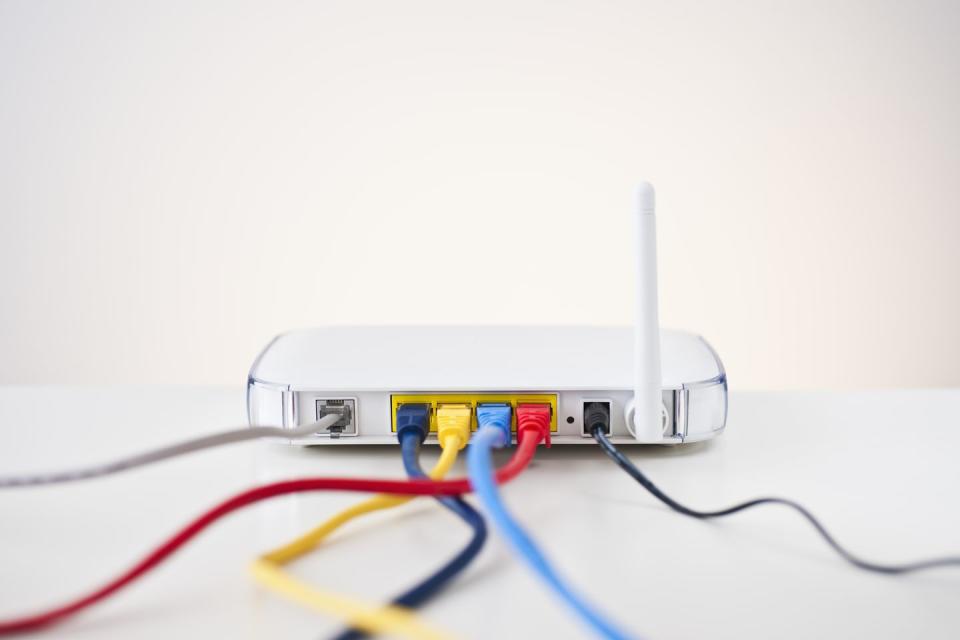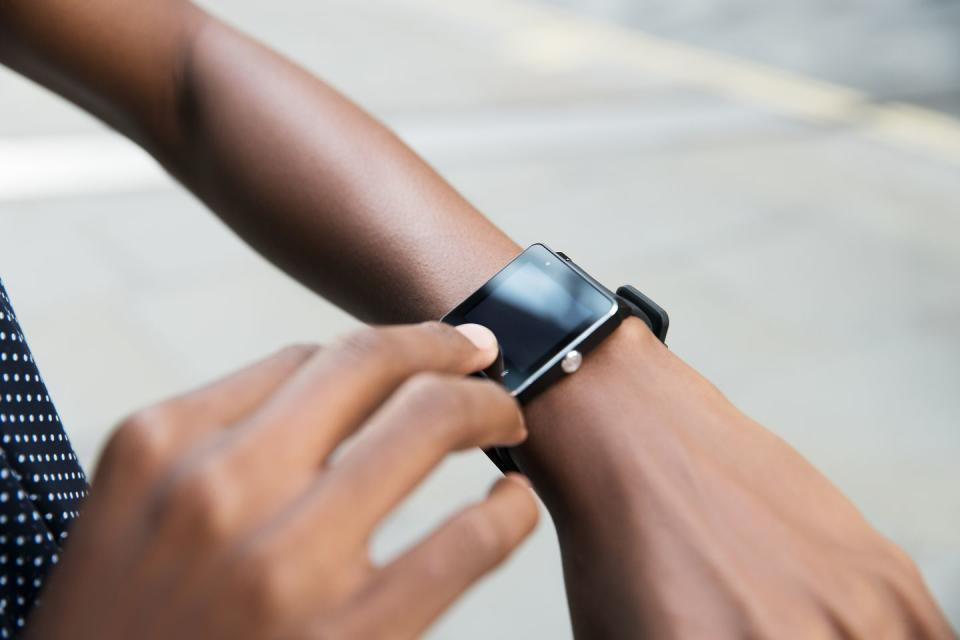6 Surprising and Seriously Effective Ways to Limit Your Screen Time

Last year, Google launched a slew of "Digital Wellbeing Experiments," or new apps dedicated to reducing screen time. These included an "Unlock Clock" (which shows you how many times you've unlocked your phone in a given day), and "We Flip" (which lets you and your friends lock your phones for a set amount of time so you can hang out together).
Those are pretty useful apps. The latest "Digital Wellbeing Experiment" that Google just dropped today? Not so much. It's an envelope to shove your Pixel 3a into when you don't want to use it. That's it. At best, it's a marketing stunt. At worst, it's a waste of paper.
If you actually want to cut down on your screen time and wrestle back some control of your life from your phone, here are six better tips than stuffing your phone into an envelope.
1) Change Your Phone Settings to Grayscale

Like a casino, your phone uses bright colors to draw you in and make sure you never leave. Research from the Center for Humane Technology suggests all those loud colors make your brain feel all warm and fuzzy, lighting up your reward pathways. (That's partly why color TV became such a hit, too). But using grayscale mode stops this positive reinforcement.
Go Gray, an app that will soon be released on the App Store, even uses a slogan that says: "It's like turning your favourite dessert into your least favourite vegetable." The app will allow you to set times for your phone to go into grayscale mode, like when you get home for work and tend to mindlessly scroll through Instagram.
But until then, you can toggle your color settings on both iPhone and Android to cut back on the distractions.
📲On iPhone: Go to Settings > General > Accessibility > Accessibility Shortcut (bottom) > Color Filters. You can quickly triple-tap the home button to switch grayscale on and off, so when you need color (like when you use Maps), you can.
📲On Android: For quick access, you'll want to add the grayscale setting to your notification shade that you pull down to adjust brightness, WiFi settings and more. To do that, swipe the notification bar twice so that it's fully extended and tap the edit button in the bottom left-hand corner. In the next window, tap and drag the grayscale tile to the top of the screen and put it in the position where you want it. Tap the back button. Now you can enable grayscale mode from your notification shade any time.
2) Delete Your Most-Used Apps

Mobile apps are built with one purpose in mind: to maximize your time using that specific piece of software. There's financial incentive to keep you hooked, since a huge majority of apps serve ads to keep the content "free." The solution? Delete the app and use the mobile website for that app instead.
App developers do whatever they can to make their programs addictive. When you pull down at the top of the screen on the Twitter app, for example,, a loading symbol appears, suggesting that new content is downloading. Sometimes, the spinning wheel ends up eventually showing you new content that you find interesting. Sometimes, there's nothing new at all. Sometimes, there's something new, but you don't find it interesting.
This idea is called the "variable ratio schedule" concept, and casinos use it in slot machines. When you pull down the lever on one of these machines, you could win a small payout, nothing, or the full reward. You don't know when you'll be rewarded, because there's no pattern, but you keep coming back for more. And that's only one example.
3) Turn Off Push Notifications

According to research from Business of Apps, a media brand that covers the app industry, the average U.S. adult receives 46 push notifications per day. To make sure you're opening some of these, developers—or whoever is creating the notifications—will use emojis, rich formats, specific send times, and advanced targeting to improve the open rate. Your mission: Shut 'em off, stat.
📲On iPhone: You have two quick options: Tell Siri to "turn on Do Not Disturb" or go to Settings > Do Not Disturb > turn on Do Not Disturb. Alternatively, you can silence apps on a case-by-case basis by going to Settings > Notifications > Siri Suggestions, then turning off any app's notifications.
📲On Android: Go to Settings > Apps & Notifications > Recently sent > Tap the app you'd like to change settings on.
4) Change Your Router Settings

You can easily control internet connectivity from apps on your phone. That way, you can set up silent periods, like around dinnertime or right before bed, when you want to fall asleep faster.
Some routers, like the Netgear Nighthawk AC1900, have built-in controls that let you choose specific URLs to block or let you black out whole periods of internet access for the entire house. If you're attached to your router, though, there are plug-ins that give you access to software like Disney Circle, which you can use for the same purpose.
5) Disable "Raise to Wake" on iPhone/Turn Off "Always On Display" on Android

App developers aren't the only ones that know how to feed your phone addiction. You can also blame the companies that build the software for your phone, like Apple and Google. Think about the new-ish "raise to wake" function on iPhone: Any time you pick up the phone and look at it, the screen unlocks and you're faced with a bunch of fun colors and probably some notifications. It feels like your phone is screaming "unlock me, unlock me!"
📲On iPhone: Turn off this feature by going to Settings > Display and Brightness > turn off the Raise to Wake toggle button.
On Android, there's another dangerous display setting that may lead you to unlock your phone more often than you ordinarily would. The "Always On Display" setting that Samsung first popularized isn't just a huge drain to your battery—over time, it's also another way to see if you have unread text messages or other push notifications, all without ever having to lift a finger.
📲On Android: Pull down the notification shade and tap the Settings button > Select Lock Screen & Security > Scroll down to Always On Display and flip the switch to Off.
6) Use a Smartwatch Instead for Practical Needs

If you use your smartwatch as a primary screen instead of a second screen, you'll instantly cut back on screen time.
For example, you can use the alarm clock on your Apple Watch, FitBit, or other third-party device rather than the one on your smartphone, which usually leads to more cell phone use after the alarm is shut off. There are limited other options for things to do on your watch, and the screen is so much smaller, so your attention span is also shorter. Use voice-to-text or Siri to answer messages and, if you have AirPods, take your calls this way, too. It's exactly what you need a cell phone for in the first place, without any—okay, most of the—distractions.
You Might Also Like


